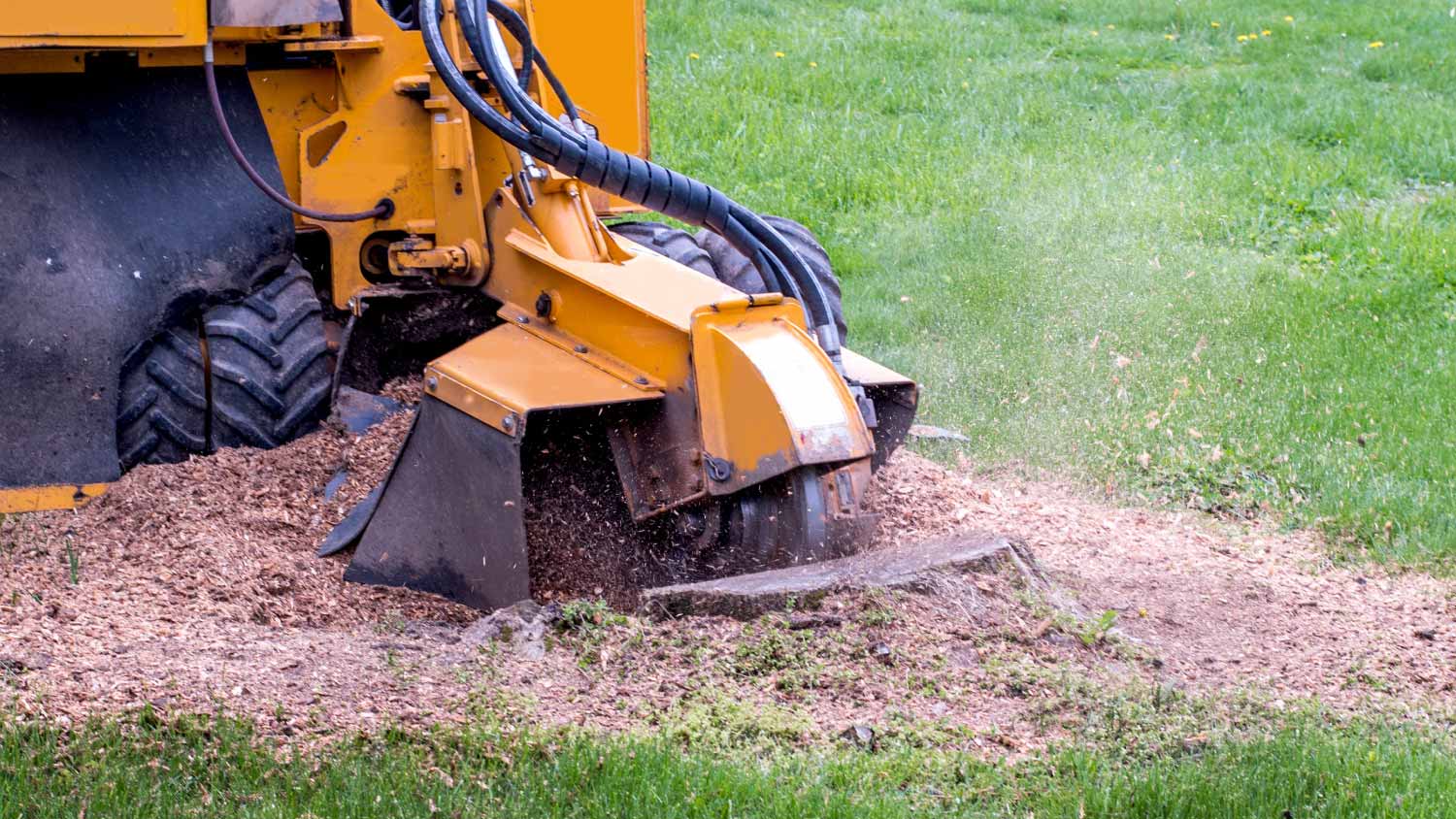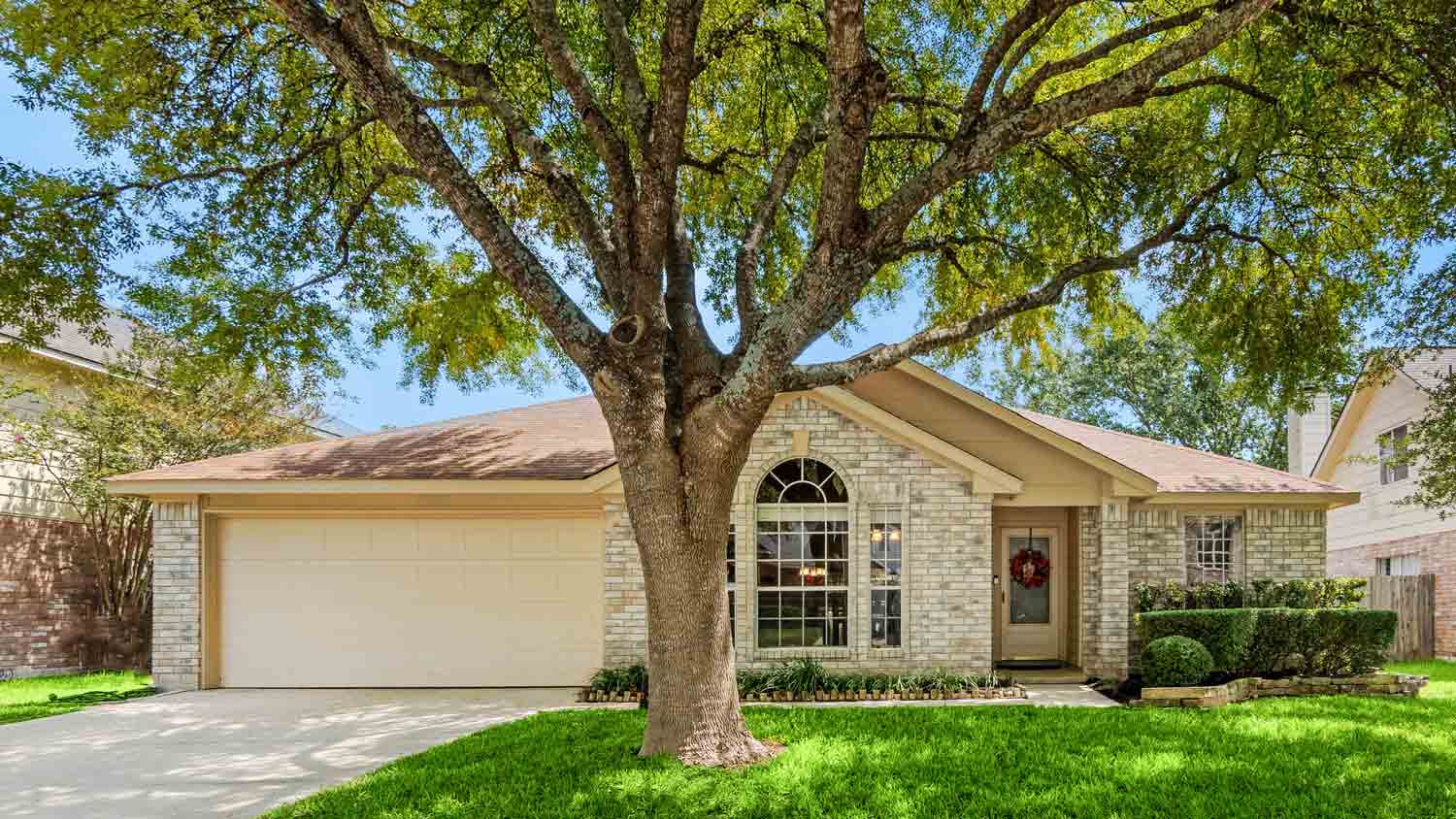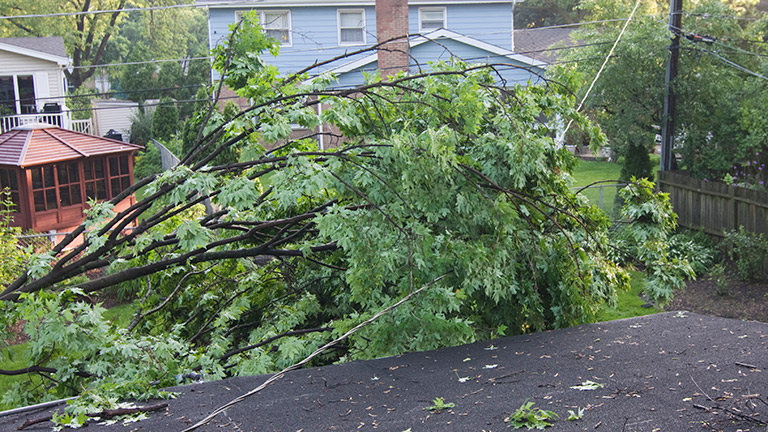
Learn how to budget for tree stump removal, exploring how factors such as the stump size, root system, and removal method affect your final bill.
It costs an average of $375 to trim a palm tree


The average cost to trim a palm tree is $375, with most homeowners paying an average of $125 to $800. Depending on size and factors like location, prices can go as low as $50 and as high as $1,500.
The biggest cost factor is tree height, but tree type and tree health are also important.
Professional arborists charge per tree or between $150 and $250 per hour.
Palm trees should be trimmed if they have dead fronds or are close to power lines or buildings.
This article was updated using automation technology and thoroughly reviewed for accuracy by HomeAdvisor Editor Ryan Noonan.
The average palm tree trimming cost is $375, with an average range of $125 to $800. Small palm trees under 30 feet might cost as little as $50 to trim, while trees over 60 feet can run as high as $1,500. The main factors that determine your cost are tree height, tree health, the number of trees, and labor.
Trimming a palm tree will cost you more if the tree hasn’t been trimmed for a long time or if there are other complicating factors, such as nearby power lines or buildings. Booking a routine trim keeps the price predictable and lets a professional handle the job safely and efficiently.
Many factors inform your palm tree trimming cost. These include the tree's accessibility, health, location, and clean-up. Here’s a closer look at the cost breakdown.
Like many other tree trimming costs, the cost to trim a palm tree varies depending on height. Most palm trees are between 30 and 60 feet tall on average. However, some species, such as the Mexican Fan Palm and the Phoenix Palm, can reach heights of 100 feet or more, while others, such as the Pygmy Date Palm, don’t grow beyond 10 to 12 feet.
| Height (Feet) | Average Cost Range |
|---|---|
| Up to 15 | $50–$200 |
| 10–30 | $75–$400 |
| 30–60 | $130–$900 |
| Over 60 | $250–$1,500 |
There are several types of palm trees in the United States, and each type can grow to different heights, presenting distinct trimming challenges. The most common palm tree types are the Phoenix Palm and the Mexican Fan Palm.
Health issues such as fungal diseases, insect damage, cracks, or weak roots can increase your trimming bill. A pro will need to work more carefully to avoid making the problem worse, which adds labor time and cost.
You’ll incur additional costs if you require an arborist to address any health issues as part of the trimming project. For example, tree pest control can add between $300 and $550 to your project total.
The more palms you have, the less you’ll pay per tree. Pros often charge by the job, so trimming several trees during a single visit allows them to spread setup costs across each job and pass the savings on to you.
On average, expect to spend between $130 and $900 per tree in labor costs for most palm tree trimming jobs. Professional arborists in your area may charge between $150 and $250 per hour. However, most tree trimming pros charge per job or tree. The professional will assess your tree, determine the scope of work required, and then provide you with a quote. You'll also pay more if the task is an emergency and the tree trimming professional has to travel a long distance.
Tight or awkward access, such as fences, sheds, or dense landscaping, adds time to the job and increases the price. Clear the area around the trunk before your tree trimming pro arrives to keep the project moving quickly and your costs lower.
If a tree sits right up against your house or close to power lines, trimming it will be more challenging. You’re therefore likely to pay more for the service. If your palm tree’s fronds intersect with power lines, consider calling your utility company before you seek the services of a professional tree trimmer. Some utility companies will take care of the tree for you free of charge, saving you on the costs of tree removal or trimming.
Verify that your palm tree cost estimate includes the removal of branches and cleanup of the surrounding area. If your estimate doesn’t include these services, you may have to pay an additional $25 to $100 for this task. If you’ve had to remove a palm tree or if there is other damage to your landscape, you may want to consider planting new trees. The average cost for new tree installations ranges from $100 to $300 per tree.
A few dead fronds or branches brushing the house call for a simple trim, which keeps your palm healthy and avoids the higher cost of full removal. But if most fronds have turned brown, gray, or yellow—or the trunk shows heavy insect or disease damage—removal may be the safer long-term choice.
If removal is unavoidable, budget between $200 and $2,000, depending on the tree’s height and condition.
Whether you’re trimming or removing, pros rely on specialized equipment—especially for tall palms—but you can still keep costs in check with a few smart strategies:
Book ahead: Arborists tend to be busiest in the spring and summer and may charge higher rates as their schedules fill up. Book early to ensure you can get your palm trimmed at a time and price that works for you.
Clear the area: While most arborists charge by the tree, you may pay extra if they spend a long time on your property. To ensure the work goes smoothly, clear the area around the tree of any furniture, vehicles, or shrubbery that might get in the way of trimming.
Practice regular maintenance: If you notice dead fronds or other problems, call your arborist to schedule a trimming. This helps reduce the likelihood of an emergency trim, which can be significantly more expensive.
Compare quotes: Reach out to several palm tree trimming pros in your area to compare prices and find the right arborists for your job.
No place is more important than your home, which is why HomeAdvisor connects homeowners with local pros to transform their houses into homes they love. To help homeowners prepare for their next project, HomeAdvisor provides readers with accurate cost data and follows strict editorial guidelines. After a project is complete, we survey real customers about the costs to develop the pricing data you see, so you can make the best decisions for you and your home. We pair this data with research from reputable sources, including the U.S. Bureau of Labor Statistics, academic journals, market studies, and interviews with industry experts—all to ensure our prices reflect real-world projects.
From average costs to expert advice, get all the answers you need to get your job done.

Learn how to budget for tree stump removal, exploring how factors such as the stump size, root system, and removal method affect your final bill.

Budget for tree removal costs based on factors such as tree size, condition, type, accessibility, emergency services, additional projects, labor, and more.

Who will pick up stump grindings? See if a stump removal or landscaping service handles cleanup and what to confirm before you hire

Wondering who to call to grind a stump? Learn whether a stump removal company or tree removal service should handle your stump grinding—start here

Who to call for a sick tree? Learn when to hire an arborist or tree maintenance pro and what a diagnosis may cost. Start here

Who do you call for a tree on a power line? Learn when to call the utility company vs. a tree removal service and see how pros handle it